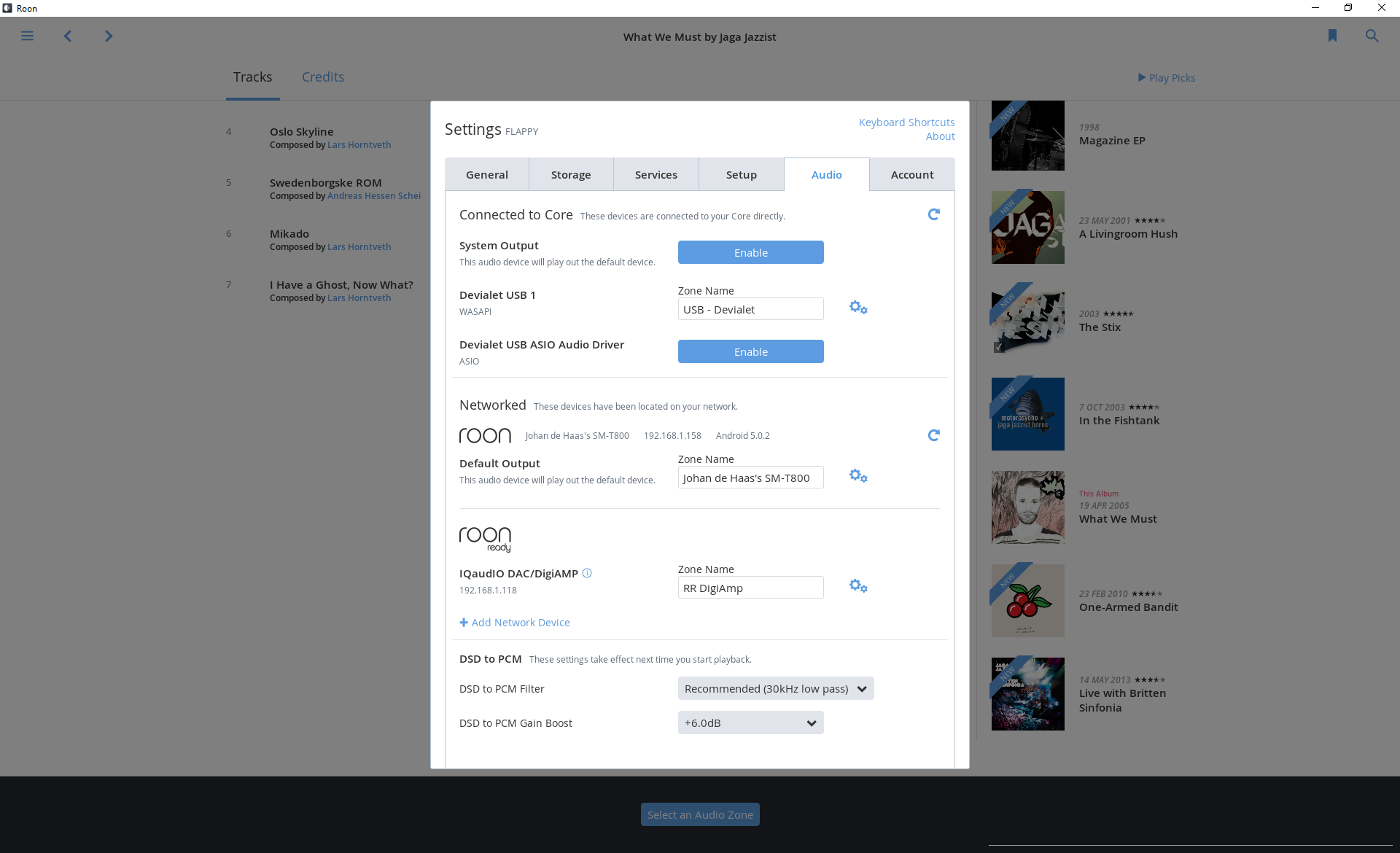
- QEMU SYSTEM ARM WINDOWS NO OUTPUT INSTALL
- QEMU SYSTEM ARM WINDOWS NO OUTPUT WINDOWS 10
- QEMU SYSTEM ARM WINDOWS NO OUTPUT CODE
Specify the 'raw' format explicitly to remove the restrictions.

Output: WARNING: Image format was not specified for 'disk.qcow2' and probing guessed raw.Īutomatically detecting the format is dangerous for raw images, write operations on block 0 will be restricted. QEMU command: qemu-system-arm -nographic -M vexpress-a9 -m 1024M -kernel arch/arm/boot/zImage -append "rdinit=/linuxrc console=ttyAMA0 loglevel=8" -dtb arch/arm/boot/dts/vexpress-v2p-ca9.dtb -device nvme,drive=nvme0,serial=deadbeaf1,num_queues=8 -drive file=disk.qcow2,if=none,id=nvme0 Name "nvme-subsys", desc "Virtual NVMe subsystem" Name "nvme-ns", bus nvme-bus, desc "Virtual NVMe namespace" Take an output from the guest cat /tmp/guest. Run ifconfig tool on the command line and set the same IP address for the serverip environment variable. Start QEMU qemu-system-x8664 -serial pipe:/tmp/guest -kernel vmlinuz -hda wheezy.img -append 'root/dev/sda consolettyS0' -serial pipe:/tmp/guest redirects a guest's output to a /tmp/guest.out and allows to send input from host to guest via /tmp/guest.in. If you wish to use ARM architecture at native. You could find some information in the article Developer’s Guide to the ARM Emulator, although it dates from 2005 and is about Microsoft Device Emulator 2.0. Now using the following commands load the kernel,device tree and init ramdisk. The output binary will be located at target/thumbv7m-none-eabi/debug/examples/hello. If the QEMU emulator for the ARM computers is too slow, you could try the Microsoft Device Emulator 3.0 - Standalone Release.

Name "nvme", bus PCI, desc "Non-Volatile Memory Express" 1 qemu-system-arm -M vexpress-a9 -kernel u-boot -serial stdio -append 'consolettyAMA0' Stop the autoboot by pressing any key.

It can be used to launch a different Operating System without.
QEMU SYSTEM ARM WINDOWS NO OUTPUT WINDOWS 10
Name "am53c974", bus PCI, desc "AMD Am53c974 PCscsi-PCI SCSI adapter" Another option for running Windows 10 on ARM is to use QEMU. However,I checked device info,it shows PCI is surportted.
QEMU SYSTEM ARM WINDOWS NO OUTPUT CODE
The above runs a 32-bit kernel, if you were already running 64-bit Raspbian use the arm64 kernel instead and replace qemu-system-arm with qemu-system-aarch64.I'm debuging NVME code with QEMU, QEMU return an err message:No 'PCI' bus found for device 'nvme'. netdev tap,id=net0,ifname=tap0,script=no,downscript=no \ device virtio-scsi-device -device scsi-hd,drive=hd \ drive file=/rpi/root.img,format=raw,id=hd,if=none,media=disk \ serial file:/tmp/qemu-output.log to the qemu command line. if Processor is 32-bit, 64-bit, or ARM in Windows 10 Open the Settings app. Sudo dpkg -install linux-image-5.10.0-21-armmp-lpae_5.10.162-1_bĬopy out the kernel and initrd from /boot to the host, then run QEMU with something like this: qemu-system-arm \ To get kernel output dumped to a file outside the virtual system, add e.g. The latest ARM architecture, ARMv8, introduces 64-bit New architecture port.
QEMU SYSTEM ARM WINDOWS NO OUTPUT INSTALL
apt-get install qemu-system-arm apt-get install qemu-efi-aarch64 apt-get install qemu-utils Create the flash images with the correct sizes. First install a virtualization-capable kernel, Raspian doesn't provide one but the regular Debian ARM distro does: wget To launch an aarch64 VM we first need to install a few dependencies, including QEMU and the qemu-efi-aarch64 package, which includes the efi firmware. Getting it running is a bit more work but in the end not too complicated (more instructions here). It also supports arbitrary CPU counts and memory sizes. I've had better success using the virt model which emulates a generic ARM system, but uses virtualization, rather than device emulation, which leads to lower CPU utilization on the host and much better I/O performance. It's also locked to 4 CPUs and 1 GB of memory.

While the raspi3b model works well, it is quite inefficient and its network speeds are really low because it emulates the USB-Ethernet adapter.


 0 kommentar(er)
0 kommentar(er)
